In today’s digital age, the debate of Bellabeat vs Fitbit is more relevant than ever for those seeking the perfect wellness companion. These two giants in the health and fitness tech industry offer a myriad of features designed to support and elevate your well-being journey. Yet, with so many overlapping attributes and a few distinct differences, how do you decide which one is the right fit for you?
This comprehensive comparison delves deep into the strengths, features, and philosophies of both brands, ensuring you have all the information at hand to make an informed choice. Whether you’re a fitness enthusiast, a wellness seeker, or someone simply looking to monitor their health better, read on to discover the unique offerings of both Bellabeat and Fitbit.
Table of Contents
Historical Background: Fitbit vs Bellabeat
In today’s rapidly growing fitness technology market, two brands have notably made their mark: Bellabeat and Fitbit. To make an informed choice between these two fitness trackers, understanding their historical roots can provide invaluable insights.
Bellabeat
Founded in 2014 by Urska Srsen and Sandro Mur, Bellabeat began its journey with a vision to revolutionize the way women approached their health and well-being. The company uniquely combined technology with nature-inspired designs, initially focusing on prenatal health before expanding its range. Today, Bellabeat is recognized for its wellness trackers specifically designed with women’s health in mind, encompassing various life stages.
Fitbit
On the other side, Fitbit’s inception goes back a bit further to 2007, when James Park and Eric Friedman recognized the potential of using sensors in small, wearable devices. Launching their first product in 2009, Fitbit aimed to empower and inspire users to live healthier and more active lives. Their products evolved swiftly, introducing features like heart rate monitoring, sleep tracking, and even smartwatch capabilities.
In comparing Bellabeat vs Fitbit, it becomes evident that while both brands have a passion for health and wellness, their origin stories and initial focus varied. Bellabeat rooted itself deeply in addressing women’s unique health needs, while Fitbit targeted a broader audience with a universal approach to fitness tracking.
Understanding this historical background not only offers a glimpse into the core values and evolution of each brand but also helps potential buyers align their purchase with a brand whose journey resonates with them.
Design & Aesthetics
When it comes to wearable tech, design and aesthetics play a crucial role. After all, these devices often become an integral part of our daily wardrobe. Both Bellabeat and Fitbit have their distinct design philosophies, catering to different audiences.
Bellabeat
Bellabeat’s design aesthetic leans heavily towards elegance and femininity. The company prides itself on creating devices that don’t just look like typical fitness trackers. Instead, many of their products can be mistaken for stylish jewelry pieces. With leaf motifs, natural wood, and delicate metalwork, Bellabeat devices seamlessly integrate into both casual and formal outfits.
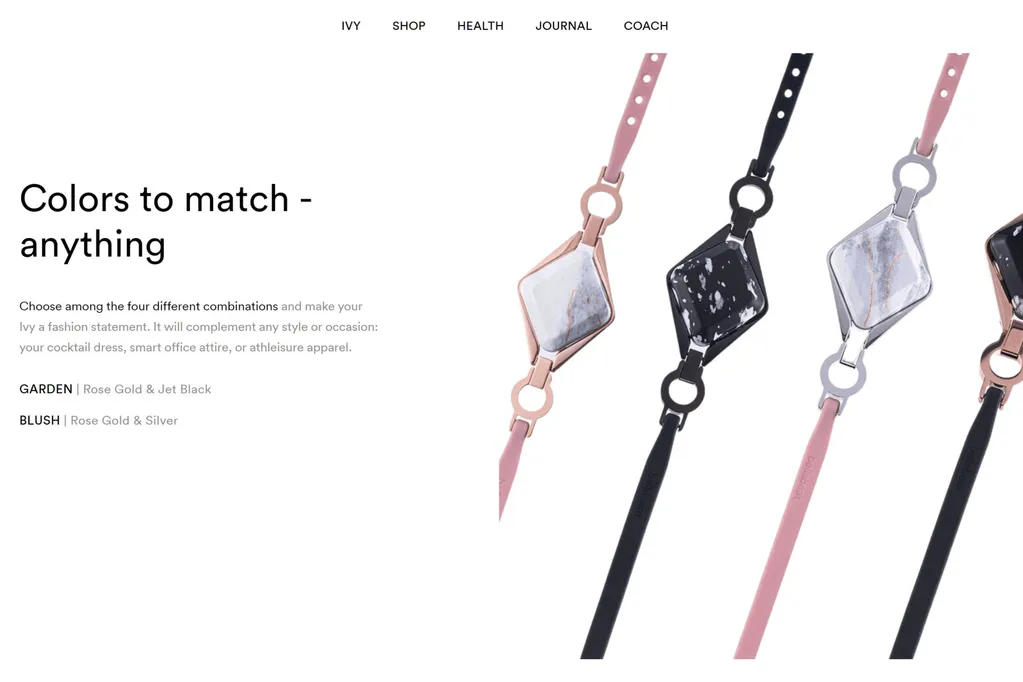
Fitbit
Fitbit, on the other hand, maintains a more utilitarian and versatile design approach. While their earlier models were simple bands, the brand has since introduced a range of styles, from sleek and slim to more robust smartwatch designs. The emphasis is on functionality, but without compromising on a modern and streamlined look. Their devices cater to a diverse audience, suitable for both gym workouts and office settings.
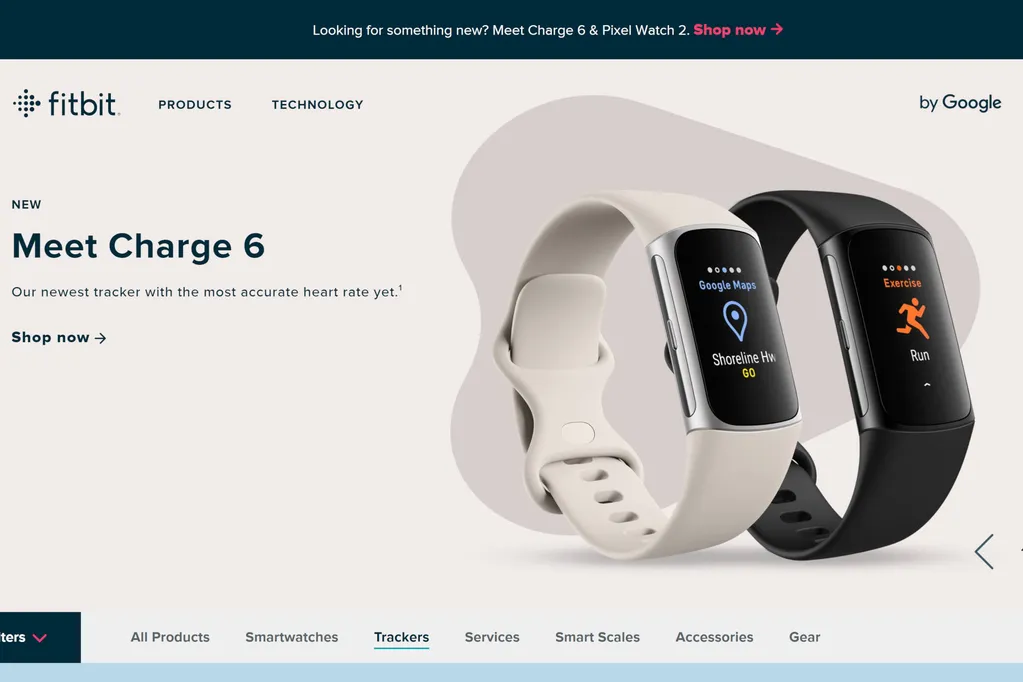
In the debate of Bellabeat vs Fitbit concerning design and aesthetics, your choice hinges on personal style preferences. If you’re searching for a device that doubles as a fashion accessory, Bellabeat may be the pick for you. However, if you prioritize a more sporty, tech-forward appearance that suits various occasions, Fitbit offers a wide selection.
Features & Functionality
The heart of any fitness tracker or smart device lies in its features and functionality. While both Bellabeat and Fitbit cater to health and wellness enthusiasts, their range of features and the way they deliver on functionality can be quite distinct. Let’s delve into the core features of each brand and how they stack up against each other.
Bellabeat
Bellabeat’s devices, while aesthetically pleasing, aren’t just about looks. Their functionality is primarily catered towards women’s health.
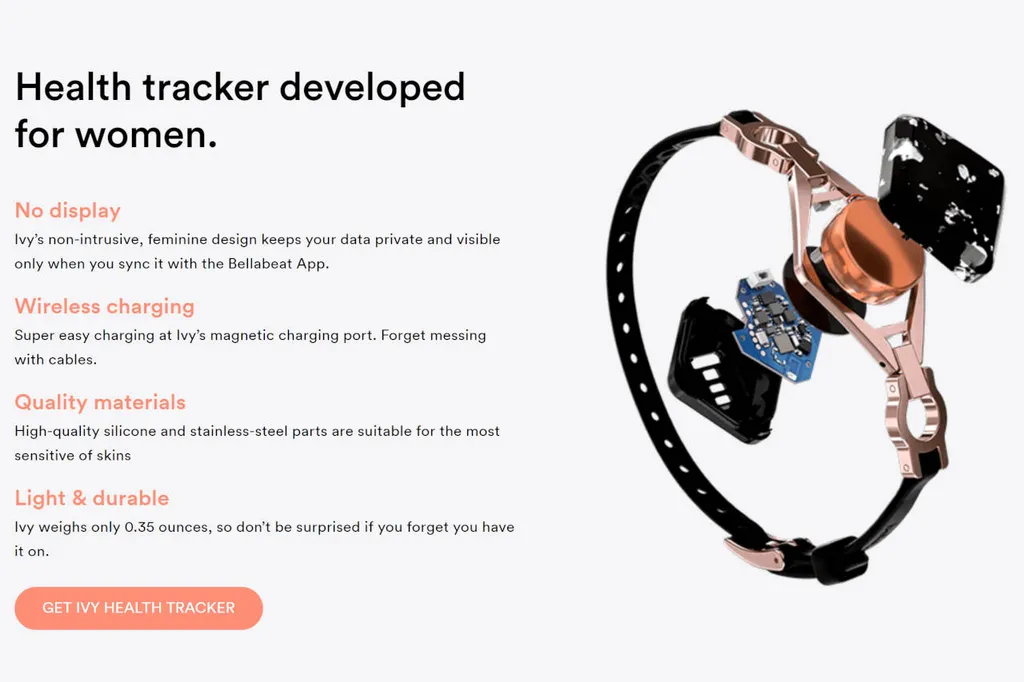
- Menstrual Cycle Tracking: One of the standout features of Bellabeat is its menstrual cycle prediction and tracking, providing insights into fertility and overall menstrual health.
- Stress Prediction: By analyzing different physiological signals, Bellabeat devices can predict stress levels, helping users manage their mental well-being.
- Meditation & Breathing Exercises: Bellabeat offers guided meditation sessions and breathing exercises to help users relax and de-stress.
- Activity Tracking: Just like most fitness trackers, Bellabeat monitors daily steps, active minutes, and calories burned.
Fitbit
Fitbit, being one of the pioneers in the fitness tracking industry, offers a robust set of features catering to a broader audience:
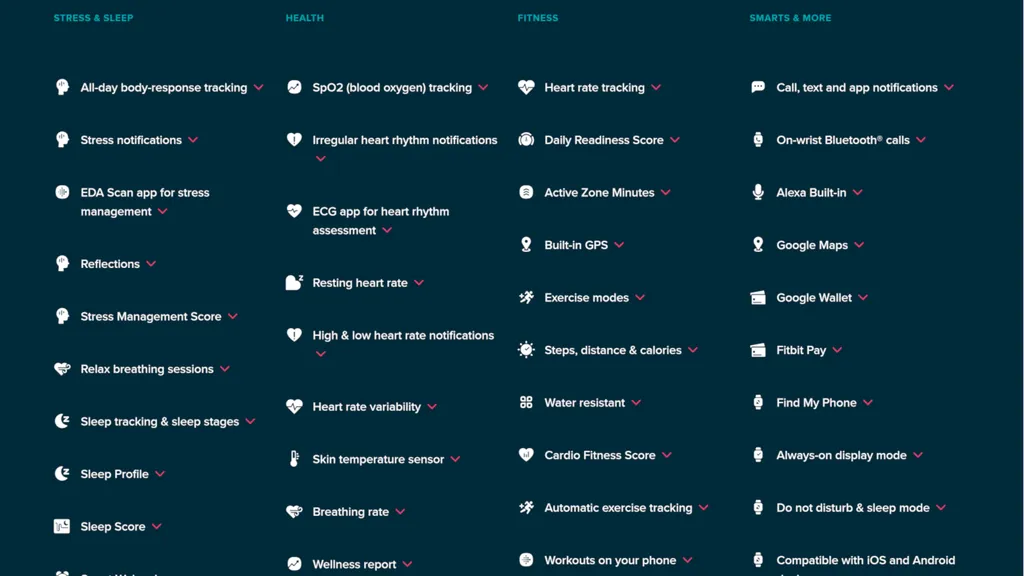
- All-Day Activity Tracking: From steps, heart rate, distance, calories burned, to floors climbed, Fitbit offers comprehensive activity tracking.
- Sleep Tracking: With advanced sensors, Fitbit devices provide detailed insights into sleep patterns, stages, and overall sleep quality.
- Exercise Modes & GPS: Many Fitbit models come with multiple exercise modes and built-in GPS for real-time pace and distance tracking.
- Smart Notifications: Receive call, text, calendar, and app notifications directly on the device.
- Menstrual Health Tracking: Fitbit has also introduced menstrual health tracking in its recent models, making it more inclusive.
In the battle of “Fitbit vs Bellabeat” for features & functionality, the decision boils down to specific user needs. While Bellabeat offers unique wellness features specifically tailored to women, Fitbit provides a more extensive range of features suitable for a wider demographic, from casual users to fitness enthusiasts.
Accuracy & Reliability
Accuracy and reliability are fundamental pillars for any health and fitness device. Users rely on the information these devices provide to make crucial health decisions, set goals, and measure progress. In this section, we’ll examine how Bellabeat and Fitbit fare when it comes to delivering precise and dependable data.

Bellabeat
Bellabeat devices, primarily geared towards women’s health and wellness, emphasize holistic well-being. Their accuracy can be assessed as:
- Menstrual Cycle Tracking: Users have praised the accuracy of Bellabeat’s menstrual cycle prediction, though it’s essential to remember that individual variations can affect predictions.
- Stress Prediction: While Bellabeat’s stress prediction offers insightful data, it’s based on physiological signals and should be taken as an estimate rather than a definitive reading.
- Activity Tracking: In terms of step counting and activity monitoring, Bellabeat provides reliable data, comparable to other fitness trackers in its class.
Fitbit
Fitbit, having been in the fitness tracking industry for a longer period, has had the advantage of refining its technology over multiple iterations:
- All-Day Activity Tracking: Fitbit is renowned for its consistent and accurate step counting. The heart rate monitor, present in many of its models, is also considered reliable, though individual variations can occur.
- Sleep Tracking: Fitbit’s sleep tracking is among its standout features, with many users attesting to its accuracy in determining sleep stages and duration.
- Exercise & GPS Tracking: The built-in GPS in specific Fitbit models offers accurate distance and pace tracking for outdoor activities.
When pitting “Bellabeat vs Fitbit” in terms of accuracy & reliability, both brands offer commendable performance. Fitbit, with its longer presence in the market, might edge out in certain aspects due to its refined technology. However, Bellabeat holds its own, especially in niche areas like menstrual and stress tracking.
Battery Life & Charging
The longevity of battery life and the ease of charging are critical factors for many when choosing a fitness tracker or smartwatch. A device that needs frequent charging can be inconvenient, especially for those with active lifestyles. In this section, we’ll delve into the battery performance of both Bellabeat and Fitbit.
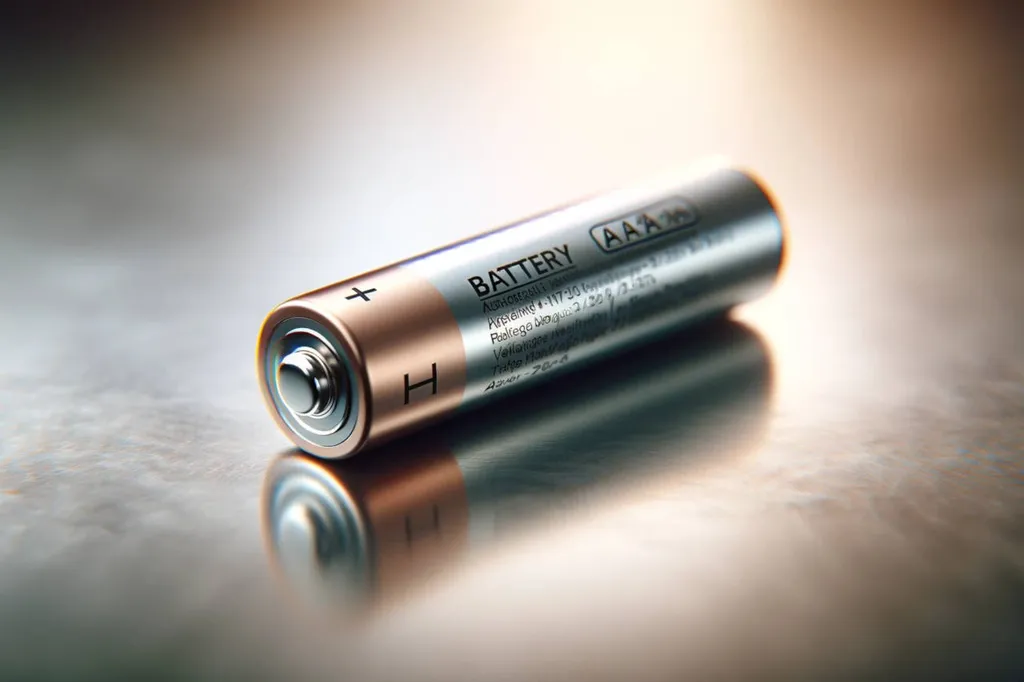
Bellabeat
Bellabeat’s primary products, designed with an emphasis on style and wellness, offer impressive battery performances:
- Leaf Series: Bellabeat’s Leaf series boasts a significant advantage in this category, with a battery life that can last up to 6 months without a recharge, thanks to its coin cell battery. The absence of a display contributes to its prolonged battery life.
- Time: Their hybrid smartwatch, the Bellabeat Time, has a battery life of approximately 6 months as well, eliminating the need for frequent charging.
Fitbit
Fitbit offers a range of devices, each with varied battery life:
- Fitbit Charge Series: The Charge series usually promises a battery life of 5-7 days, depending on usage and model.
- Fitbit Versa Series: These smartwatches generally last around 4-6 days on a single charge, though this can vary based on usage and settings.
- Fitbit Sense & Ionic: These more advanced models, equipped with GPS and additional sensors, typically have a battery life of around 4-5 days. However, continuous GPS use can reduce this duration significantly.
- Charging: Fitbit devices come with proprietary chargers, and most models can be fully charged in 1-2 hours.
Comparing Fitbit vs Bellabeat in terms of battery life, Bellabeat certainly offers longer durations between charges, especially with its Leaf and Time models. Fitbit, while requiring more frequent charges, often provides more extensive features that can consume more power. Your choice might depend on balancing feature requirements with battery longevity.
App & Software Interface
The user experience with any fitness tracker or smartwatch extends beyond the physical device; the software interface plays a significant role in ensuring that users can easily access, understand, and utilize the data their device collects. Both Bellabeat and Fitbit offer dedicated apps to pair with their devices, but how do they stack up against each other in terms of usability, features, and aesthetics?
Bellabeat
Bellabeat’s app focuses heavily on holistic wellness, encompassing not just physical health but also mental and emotional well-being:

- Design: The Bellabeat app boasts a clean, minimalist design, using soft colors and simple graphics. It gives a serene, calming user experience, in line with the brand’s overall wellness ethos.
- Features: Apart from standard activity and sleep tracking, the Bellabeat app also offers meditation exercises, menstrual cycle tracking, and stress sensitivity metrics. The app is tailored more towards lifestyle and wellness as opposed to hardcore fitness.
- Usability: Navigating the Bellabeat app is straightforward, with each section clearly labeled and data presentations that are easy to digest.
Fitbit
Fitbit’s app is one of its strongest selling points, offering a comprehensive overview of one’s health and fitness:
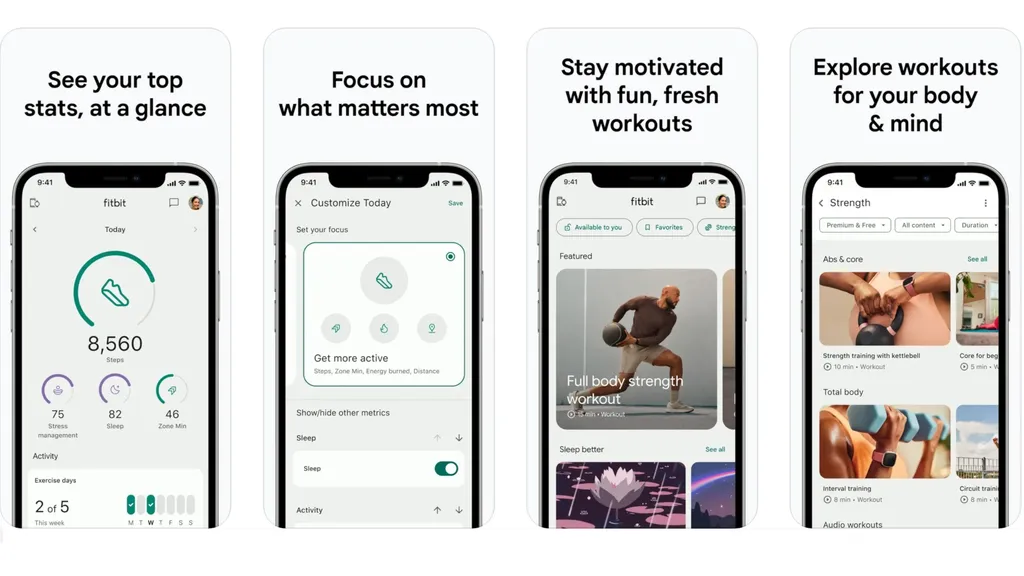
- Design: Fitbit’s app interface is dynamic and colorful, using bold graphics and charts to present data. It feels more vibrant, with an emphasis on goals and achievements.
- Features: The Fitbit app offers detailed tracking for steps, heart rate, sleep, and calorie consumption. It also integrates with third-party apps for nutrition, hydration, and exercise tracking. The app includes a community section, challenges, and even guided workouts for premium users.
- Usability: With a wealth of features, Fitbit ensures the app remains user-friendly with a well-organized dashboard and easy-to-access sections for various metrics.
Comparing Bellabeat and Fitbit in terms of app & software interface, it’s evident that each brand has its unique approach. Bellabeat focuses on holistic wellness, offering a more calming user experience. In contrast, Fitbit caters to a broader audience, emphasizing both general fitness and health. The best choice depends on your personal preferences and what you aim to achieve with your fitness tracker.
Price & Value for Money: Bellabeat vs Fitbit
When considering a fitness tracker or smartwatch, price and the value you get for your money are crucial factors. Both Bellabeat and Fitbit offer products across various price points, but how do they compare in terms of features offered for the price?

Bellabeat
Bellabeat devices often come with a slightly higher price tag, but they’re marketed as holistic wellness trackers, offering features that many other brands don’t.
- Price Range: Bellabeat’s trackers usually fall within the mid to high-end price bracket. Their pricing reflects the brand’s emphasis on design and wellness features.
- Features for the Price: While Bellabeat might be pricier than some competitors, the devices offer unique features like stress sensitivity metrics, meditation exercises, and menstrual cycle tracking. This makes them suitable for individuals looking for an all-around wellness experience.
- Aesthetics and Material: A portion of Bellabeat’s pricing can be attributed to the premium materials they use and their focus on aesthetically pleasing designs, which often mimic jewelry more than a standard tracker.
Fitbit
Fitbit, having a broader product range, offers devices at various price points, from budget-friendly to premium:
- Price Range: Fitbit’s range starts from basic, budget-friendly trackers to high-end smartwatches. There’s a Fitbit for almost every budget.
- Features for the Price: Even at lower price points, Fitbit devices are packed with features. Heart rate monitoring, sleep analysis, and step counting are standard across most devices. As you move up in price, additional features like GPS, music storage, and third-party app integrations become available.
- Track Record and Reliability: Fitbit’s pricing also reflects its position as a market leader with a reputation for reliability and a vast community of users.
Comparing Bellabeat and Fitbit in terms of price and value for money, it’s clear that both brands have their strengths. Bellabeat offers a unique blend of wellness features with premium designs, making it a good value for those seeking a holistic health tool. On the other hand, Fitbit, with its wide range of products and consistent performance, provides options for both budget-conscious users and those seeking high-end features.
Compatibility & Connectivity
In today’s interconnected world, how seamlessly a device integrates with various platforms and its connectivity features can greatly influence a user’s experience. Both Bellabeat and Fitbit have established their presence in the market, but how do they stack up in terms of compatibility and connectivity?
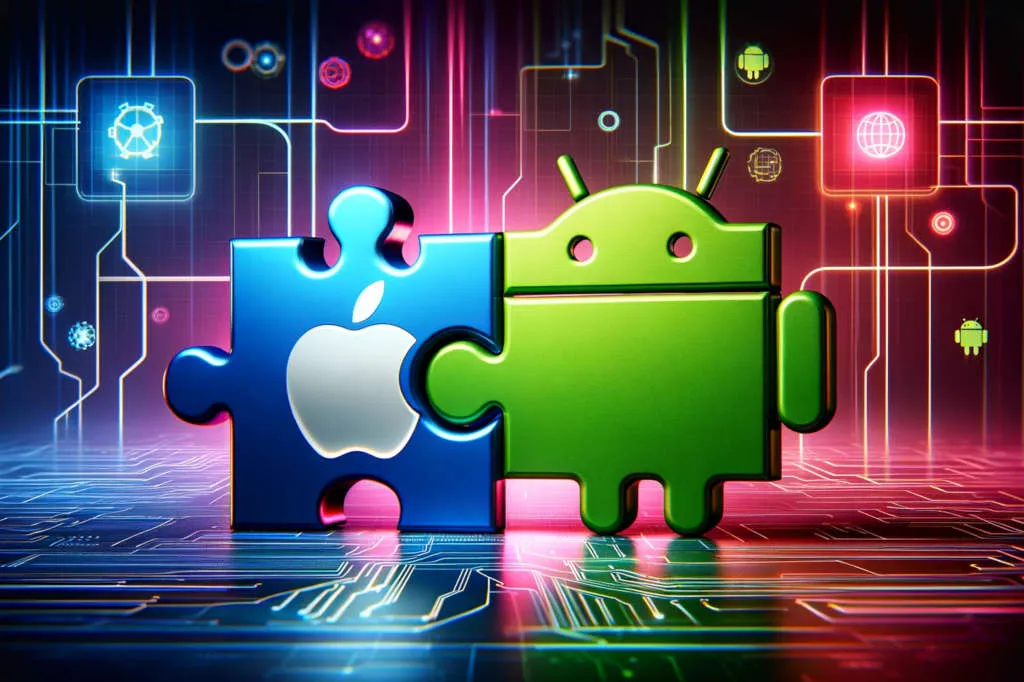
Bellabeat
- Device Compatibility: Bellabeat’s app is available for both iOS and Android, ensuring a broad user base can access its features. However, users should always check the compatibility of specific device models.
- Connectivity Features: Most Bellabeat devices connect via Bluetooth. The synchronization process is generally smooth, providing real-time data tracking on the user’s smartphone.
- Third-party App Integration: While Bellabeat primarily focuses on its holistic wellness features, it may have limited integrations with third-party apps compared to other fitness trackers.
Fitbit
- Device Compatibility: Fitbit offers its app on both platforms, including iOS, Android. This makes data access and tracking more versatile for Fitbit users.
- Connectivity Features: Fitbit devices can connect via Bluetooth, and many of the advanced models come with built-in Wi-Fi capabilities. This ensures faster updates, especially for devices with music storage or third-party app integrations.
- Third-party App Integration: One of Fitbit’s strengths lies in its vast ecosystem. Users can connect to a myriad of third-party apps, ranging from fitness programs, nutrition trackers, to smart home integrations.
When evaluating Fitbit vs Bellabeat in terms of compatibility and connectivity, it’s evident that while Bellabeat offers a straightforward and user-friendly experience, Fitbit provides a more versatile and expansive ecosystem. Users seeking broad integrations and multi-platform access might lean towards Fitbit, while those looking for a focused wellness experience might find Bellabeat more in line with their needs.
Durability & Build Quality
When investing in a fitness tracker or smart wearable, durability and build quality are paramount. Both Bellabeat and Fitbit are recognized brands in the market, but how do their devices compare in terms of longevity and construction?
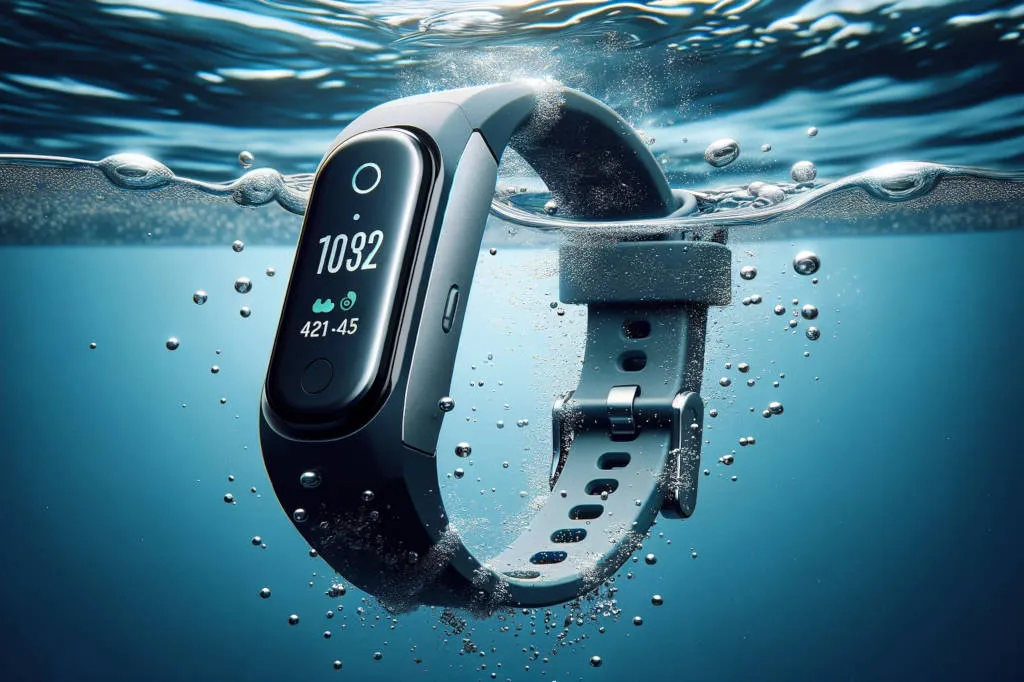
Bellabeat
- Material Choices: Bellabeat devices, particularly their Leaf line, are often made of hypoallergenic stainless steel and wood composite. These materials not only give them a unique aesthetic but also enhance their overall durability.
- Water Resistance: While some of Bellabeat’s models are water-resistant, they may not be fully waterproof. It’s essential for users to check individual device specifications.
- Overall Build: Bellabeat’s design leans more towards jewelry-inspired aesthetics, which can sometimes mean sacrificing ruggedness for style. However, many users find them to be sufficiently durable for everyday use.
Fitbit
- Material Choices: Fitbit devices are often crafted from more traditional fitness tracker materials, like elastomer bands and anodized aluminum cases. The choice of materials emphasizes both comfort and durability.
- Water Resistance: Many Fitbit models, especially the recent ones, boast significant water resistance, making them suitable for activities like swimming. However, it’s always advised to verify the water resistance level of the specific model.
- Overall Build: Fitbit focuses heavily on crafting devices that can withstand the rigors of daily workouts and activities. As a result, they often feature more robust builds that can handle occasional bumps and falls.
Regarding durability and build quality, the choice often boils down to personal preference. While Bellabeat offers a blend of style and sturdiness, Fitbit leans more towards a fitness-focused, robust construction. Before making a decision, prospective buyers should consider their intended usage and the environments in which they’ll be wearing their devices.
Wellness & Stress Management Features
The increasing emphasis on mental well-being and holistic health has propelled wearable tech brands to incorporate features addressing stress and wellness. As we compare Bellabeat and Fitbit, it’s crucial to highlight how each brand facilitates the user’s journey towards mental and emotional equilibrium.
Bellabeat
- Meditation and Breathing: Bellabeat emphasizes guided meditation and breathing exercises, helping users find their center and de-stress. The device can also track your meditation minutes.
- Menstrual Cycle Tracking: A distinctive feature of Bellabeat is its menstrual cycle tracker, offering insights into hormonal fluctuations and how they may impact mood and overall well-being.
- Sleep Quality: Bellabeat monitors sleep patterns, providing users with insights into their sleep quality, duration, and consistency – all key factors in managing stress and fostering wellness.

Fitbit
- Guided Breathing Sessions: Fitbit devices, especially those from the Charge series onward, come with personalized breathing sessions. By monitoring heart rate variability, these sessions help users find moments of calm during the day.
- Stress Management Score: Fitbit’s recent models offer a stress management score, which combines data from your activity levels, heart rate, and sleep to provide insights into your stress levels.
- Sleep Stages and Insights: Fitbit goes in-depth with sleep tracking, breaking down your night into different sleep stages. Coupled with the app’s insights, users can understand how their physical activity or lack thereof affects their rest.
- Mindfulness and Relaxation Reminders: To ensure users take regular breaks and remain centered, Fitbit devices send reminders to move, relax, or practice short mindfulness exercises.
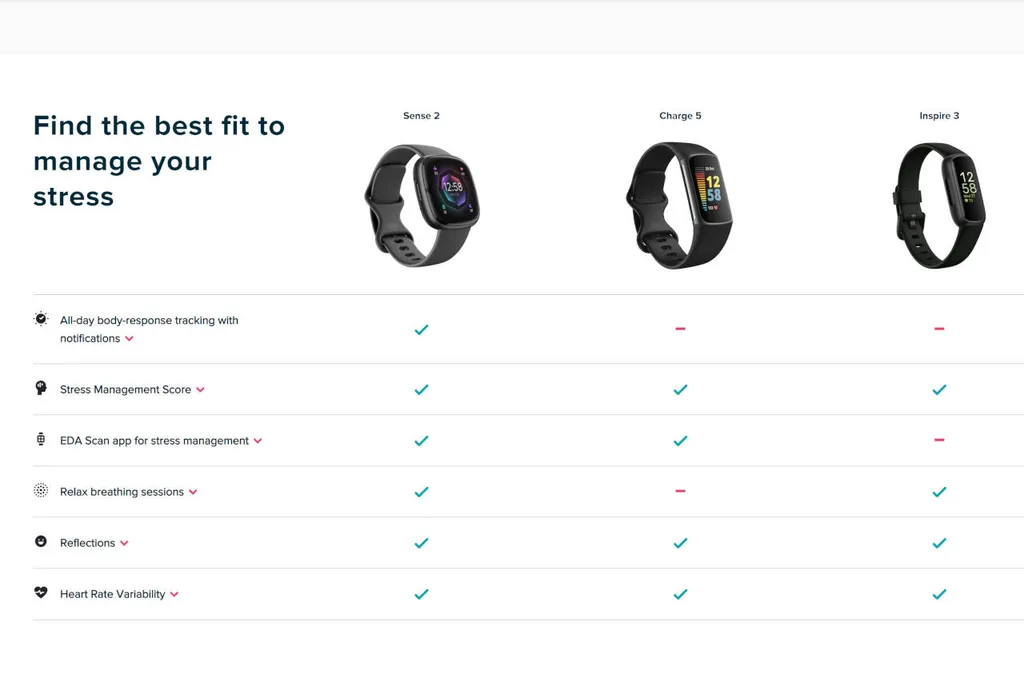
In the comparison concerning wellness and stress management, both brands bring their strengths to the table. While Bellabeat provides a holistic and feminine touch with features like menstrual tracking, Fitbit takes a more data-driven approach, offering scores and in-depth insights. Depending on personal preferences and health goals, users can choose the brand that resonates most with their wellness journey.
Community & Social Features
The sense of community can play a pivotal role in motivating users to stay active and committed to their health and fitness goals. Both Bellabeat and Fitbit understand the value of this, but they approach community and social features somewhat differently. Let’s dive into the community and social aspects of Bellabeat and Fitbit.

Bellabeat
- Holistic Community Approach: Bellabeat’s community is oriented towards a holistic approach to health, where discussions go beyond just fitness. Topics can range from mindfulness practices to hormonal health.
- User Stories: Within the Bellabeat app and its online platforms, you’ll find inspiring user stories. These real-life experiences can be motivating for those looking for relatable health and wellness journeys.
- Social Sharing: Bellabeat allows users to share their milestones, achievements, and health insights on various social media platforms, fostering a sense of pride and community.
Fitbit
- Challenges and Competitions: Fitbit’s app offers a range of challenges where users can compete against friends, family, or even strangers. From daily showdowns to weekend warrior challenges, there’s something for everyone.
- Fitbit Community Feed: This feature is akin to a social media platform but solely for Fitbit users. It’s a space where users can share achievements, join groups based on interests, and even partake in discussions.
- Adventure Races: Fitbit makes walking and running more engaging with virtual adventure races. As users walk or run, they progress through scenic routes, sometimes even with a storyline.
- Cheer and Taunt: On a lighter note, Fitbit allows friends to send each other cheers or playful taunts, fostering camaraderie and a friendly competitive spirit.
In the Bellabeat and Fitbit face-off regarding community and social features, Fitbit leans more towards competitiveness and active community engagement. In contrast, Bellabeat tends to emphasize shared experiences and holistic health discussions. Depending on whether you’re looking for competition or a more laid-back community experience, you can gravitate towards the brand that aligns with your preferences.
Customer Support & Warranty
When investing in health and fitness wearables, knowing you have reliable customer support and a robust warranty can make all the difference. It’s not just about the device; it’s about the after-sale service that ensures you can make the most of your purchase. In this segment, we’ll assess how Bellabeat and Fitbit fare in terms of customer support and warranty.

Bellabeat
- Dedicated Support Page: Bellabeat has a specific support page on their website, guiding users through FAQs, setup processes, and troubleshooting common issues.
- Live Chat: For more immediate concerns, Bellabeat offers a live chat option, connecting users directly with support staff.
- Warranty: Bellabeat products typically come with a one-year limited warranty, covering any manufacturer defects. It’s essential to register the product upon purchase to activate the warranty.
- Contact Channels: Apart from live chat, Bellabeat also provides email support, ensuring that users have multiple avenues for assistance.
Fitbit
- Comprehensive Help Center: Fitbit boasts a detailed help center with articles, videos, and community discussions to help users navigate any issues or questions.
- 24/7 Chat Support: Fitbit offers round-the-clock chat support, ensuring global users can get assistance irrespective of their time zone.
- Warranty: Fitbit devices come with a standard one-year limited warranty, similar to Bellabeat. This warranty covers manufacturing defects and does not extend to damages from everyday wear and tear or improper usage.
- Phone Support: In addition to chat and email, Fitbit provides phone support in several regions, which is a bonus for those who prefer vocal communication.
In the Bellabeat vs Fitbit comparison for customer support and warranty, both brands showcase strong commitment to their users, with multiple channels for support. While Bellabeat offers a streamlined support structure, Fitbit goes a step further with 24/7 chat support and regional phone support, making it slightly more accessible for immediate resolutions.
Environmental & Sustainability Considerations
In today’s age of conscientious consumerism, it’s more vital than ever to consider the environmental and sustainability practices of the brands we support. When it comes to the tech industry, and particularly wearables, the emphasis on eco-friendly materials, production methods, and recyclability plays a pivotal role. Let’s delve into the environmental efforts and sustainability practices of both Bellabeat and Fitbit.

Bellabeat
- Eco-Friendly Materials: Bellabeat is widely recognized for its Leaf wearables made from sustainably sourced wood and stainless steel. These materials are not only durable but also have a reduced environmental footprint.
- Packaging: Bellabeat’s packaging is minimalist and predominantly made from recyclable materials, further underlining its commitment to the environment.
- Sustainable Production: Bellabeat emphasizes green production processes, seeking to minimize waste and energy consumption in their manufacturing cycle.
Fitbit
- Recycling Program: Fitbit has launched a device recycling program that allows users to send in their old Fitbit devices, ensuring they are disposed of or recycled in an environmentally conscious manner.
- Reduced Packaging: Fitbit has taken steps in recent years to decrease the size and waste of their packaging, focusing on a more eco-friendly design.
- Supplier Responsibility: Fitbit has guidelines for its suppliers, emphasizing the importance of sustainable materials and processes in production.
- Energy Efficiency: Fitbit devices are designed to be energy-efficient, with features like extended battery life that leads to reduced charging and, consequently, less energy consumption.
Comparing Bellabeat vs Fitbit in terms of environmental and sustainability considerations, both brands display a clear commitment to eco-friendly initiatives. While Bellabeat shines with its natural materials and sustainable production, Fitbit counters with its recycling program and emphasis on supplier responsibility. For eco-conscious consumers, it’s heartening to see two major players in the wearables market prioritize the planet.
Conclusion and Recommendations
In the bustling realm of health and wellness wearables, both Bellabeat and Fitbit have cemented their places as frontrunners. While they cater to slightly different audiences, their core mission remains the same: to enhance the health and well-being of their users. Bellabeat, with its nature-inspired designs and women-centric features, offers a unique blend of style and functionality. On the other hand, Fitbit, with its diverse range of products and comprehensive fitness tracking, caters to a broad audience looking for robust activity insights.
Environmental and sustainability considerations further reveal that both brands are making commendable efforts to reduce their carbon footprint, showcasing their dedication not only to individual health but also to the health of our planet.
Choosing between Bellabeat and Fitbit boils down to your personal preferences, needs, and values. If you’re seeking a wearable that harmonizes with nature, offers menstrual tracking, and emphasizes holistic wellness, Bellabeat might be your ideal companion. Conversely, if you’re after a gadget that offers extensive fitness metrics, connects with a larger community, and provides a broad range of choices, Fitbit could be the way to go.
Regardless of your choice, it’s clear that both Bellabeat and Fitbit are leaders in their domain, and investing in either guarantees a step forward in your health and wellness journey.
Choose Bellabeat | Choose Fitbit
Additionally, you’re invited to explore our collection of articles:





